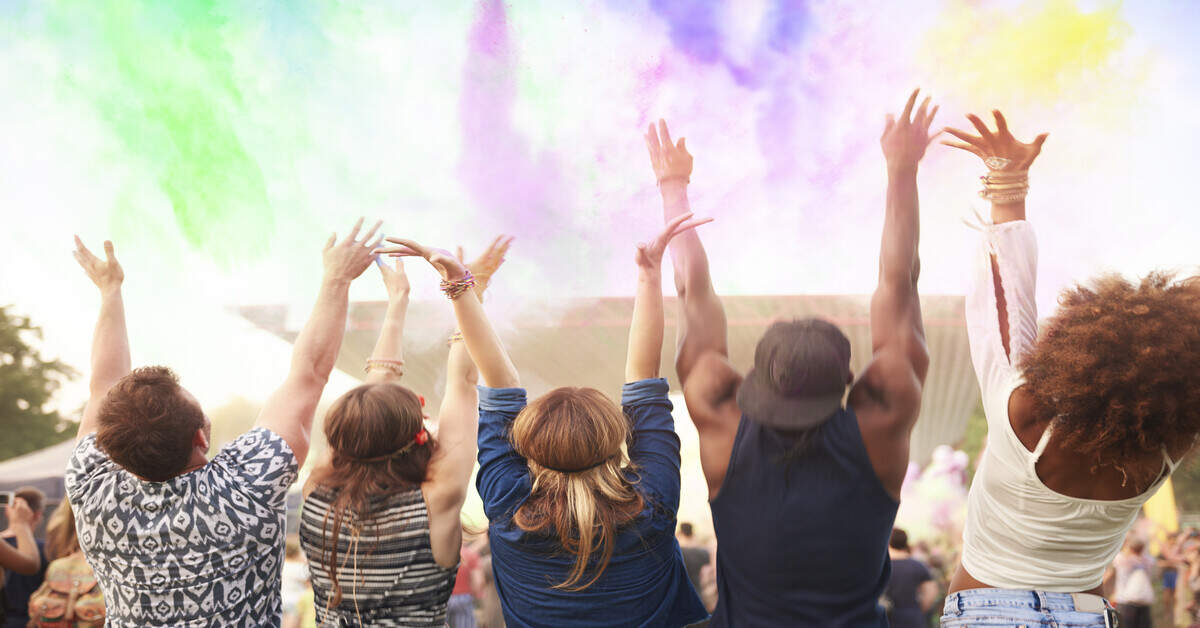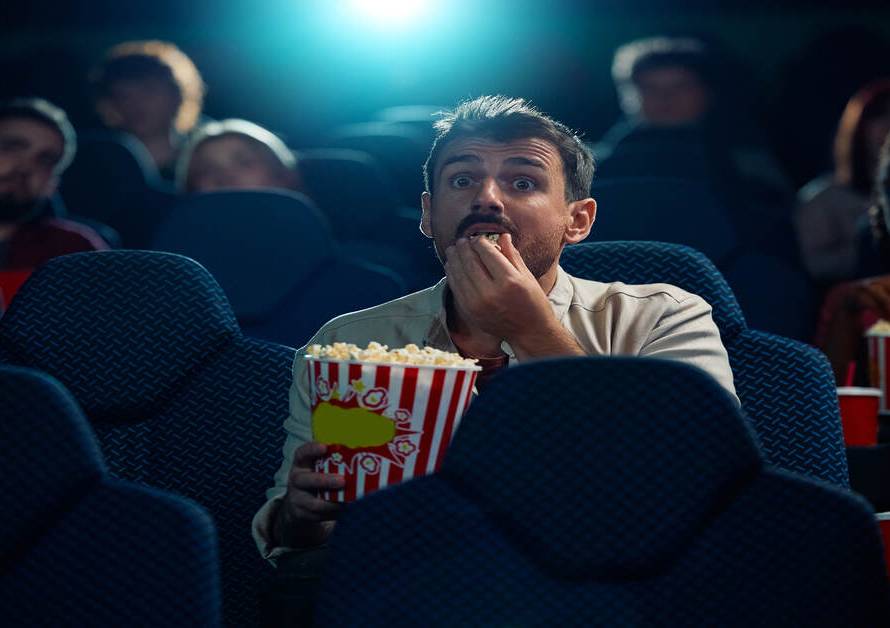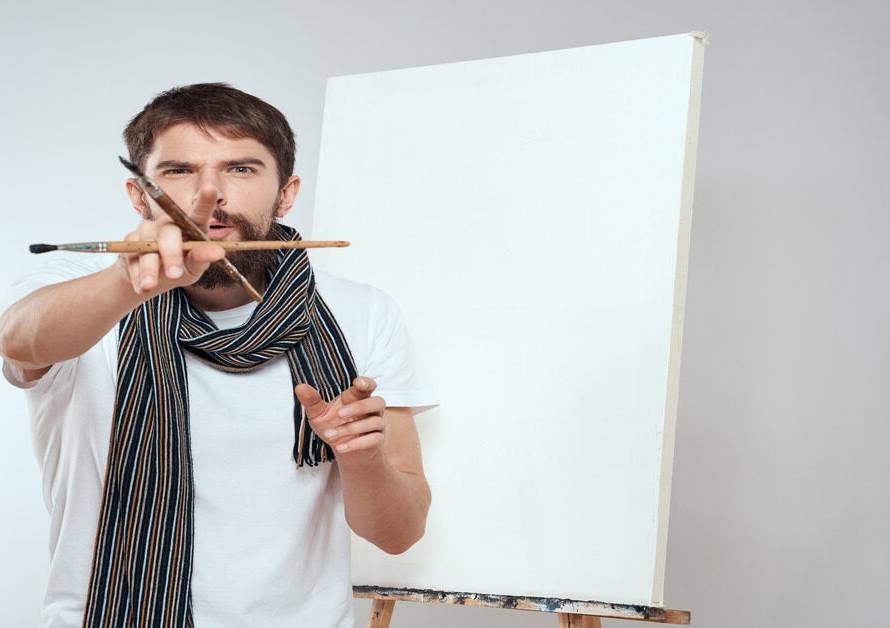In the modern digitalized world with a hectic schedule, the arts and entertainment industries play one of the most important roles in forming cultures, shaping opinions, and offering a relief out of real life. Visual arts and music, theater, and film are not only reflections of the values of the society but also challenge the extremes of creativity and expression. This blog explores the different aspects of arts and entertainment, their meaning, the present trends, and the future.
The Value of Arts and Entertainment
The arts and entertainment have a number of critical roles in society. They offer a way of expressing oneself, create community involvement, and generate critical thinking. Besides, they tend to discuss social problems, break conventions, and spark debates that may result in change. The arts are able to unite and inspire whether in a film that reveals the wrongs of the world or a painting that shows the beauty of human feelings.
1. Cultural Reflection and Preservation.
Art and entertainment play a role in maintaining cultural heritage. They record life changes, cultural developments and historical occurrences. The native forms of art, such as, narrate legends of the ancestral lands, tradition, and beliefs. Museums and galleries in this respect can be considered an important part of the process of curating and demonstrating these works so that the future generations could enjoy their cultural heritage.
2. Economic Impact
The entertainment and arts fact sector adds a lot to the economy. They create employment, bring in tourism and spur local enterprises. Film festivals, art fairs and concerts attract big numbers, which enhance the local economies. Additionally, the emergence of online platforms has created access to new sources of revenue by artists and entertainers since they can now reach audiences around the world.
Recent Changes in Arts and Entertainment.
The world of arts and entertainment is being influenced by a number of trends as we enter the 21st century:
1. Digital Transformation
The digital revolution has changed the way art is produced, distributed and consumed. Immersive art experiences are being developed with the help of virtual reality (VR) and augmented reality (AR), where audiences are provided with a new set of experiences. The movie and music industries have been transformed by the streaming services as consumers can now watch and listen to a wide variety of content without nearing a cinema or recording store.
2. Diversity and Inclusion
Diversity and inclusion in the art and entertainment industries are becoming increasingly valued. Filmmakers, musicians, and artists are also speaking out more voices and experiences. This change does not only enrich the artistic world, but also makes people become more empathetic and understanding.
3. Sustainability in Art
With the growing concern of the environment, sustainability is one of the issues that various artists and organizations are stressing on. This involves utilization of environmentally friendly materials, establishing artworks which create awareness on climate change, and consider practices which minimize carbon footprints. There is a growing trend in art installations using recycled materials and performances that deal with issues of the environment.
The Future of Arts and Entertainment.
As we move into the future, there are some promising aspects in the future of arts and entertainment:
1. Hybrid Experiences
It is probable that the convergence of the physical and digital experience will characterize the future of arts and entertainment. Live events combined with virtual ones as a form of a hybrid can be effective to access more people and offer a distinct experience. As an example, a concert can be attended not only physically but also live-streamed, and fans located anywhere in the world can also attend the concert.
2. AI and Art Creation
The concept of artificial intelligence is taking a place in creative processes. Whether it is creating music and visual art or creating scripts, AI applications are pushing the limits of what an artist should be. This can be perceived as a threat to traditional artistry by some people whereas to others, it is an opening to a new frontier that can be used to stimulate human creativity.
3. Interactive Storytelling
Interactive storytelling whereby the audience can determine the course of the story is transforming storytelling. The tendency is more pronounced in video games and immersive theatre, where players are integrated into the experience, and they make decisions that would influence the final result. Such interaction enhances a closer attachment of the audience to the art.
Final Thinking
The arts and entertainment industry is constantly changing in reaction to the intricacies of human society and the ever-changing character of human expression. The future of arts and entertainment is going to be dynamic and full of diversity as we adopt new technologies, embrace diversity, and think sustainably. It is the artistic film that alters the way we think or the art that makes us feel something, the arts will continue to be a significant aspect of the human experience, and will continue to connect us all.
Frequently Asked Question
So what is the purpose of art in society?
Art is an important part of society that mirrors cultural values, motivates social change and provides the way to connect to the community. It is a form of expression and is able to confront societal norms.
What has technology done to the arts and entertainment industry?
Technology has transformed the manner in which art is being produced, distributed, and consumed. Art and entertainment can be accessed globally in digital mediums, and others such as virtual reality and AI are developing novel artistic expression methods.
What are some examples of diversity in the arts?
The arts are characterized by diversity in terms of representation by different cultures, genders and backgrounds. It is observed in film, literature, music, and visual arts whereby the voices of underrepresentation are voiced and glorified.
What can art do in creating social change?
Art has the potential to create awareness concerning social issues, instigate a debate, and provoke action. Artists have the opportunity to discuss the issues of inequality, environmental issues, and human rights through the use of storytelling, visual images, and performance.
What is sustainable art?
Sustainable art is a type of art that is environmentally conscious. These will involve the consumption of green materials, production of art that tackles climate change and the adoption of sustainable production processes.





